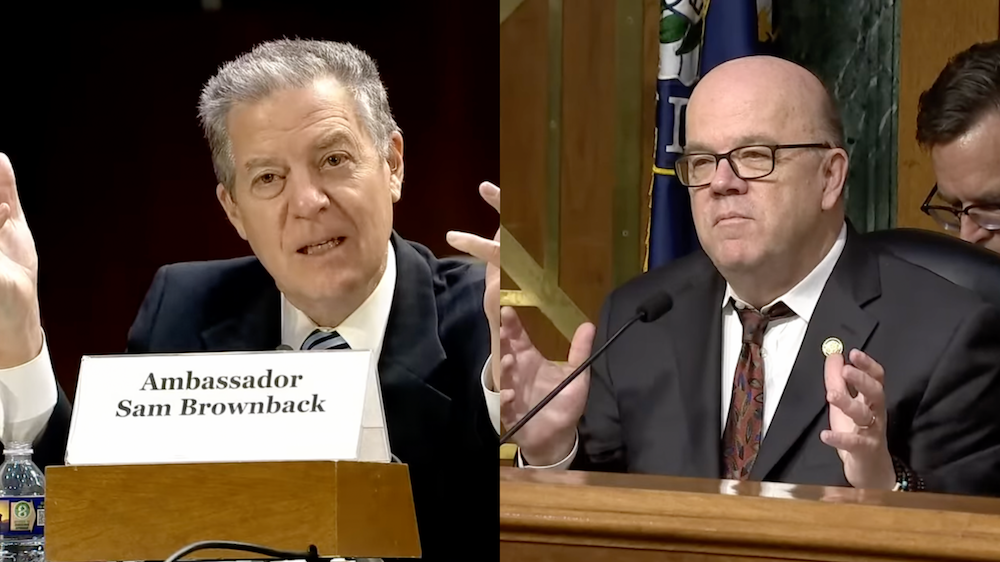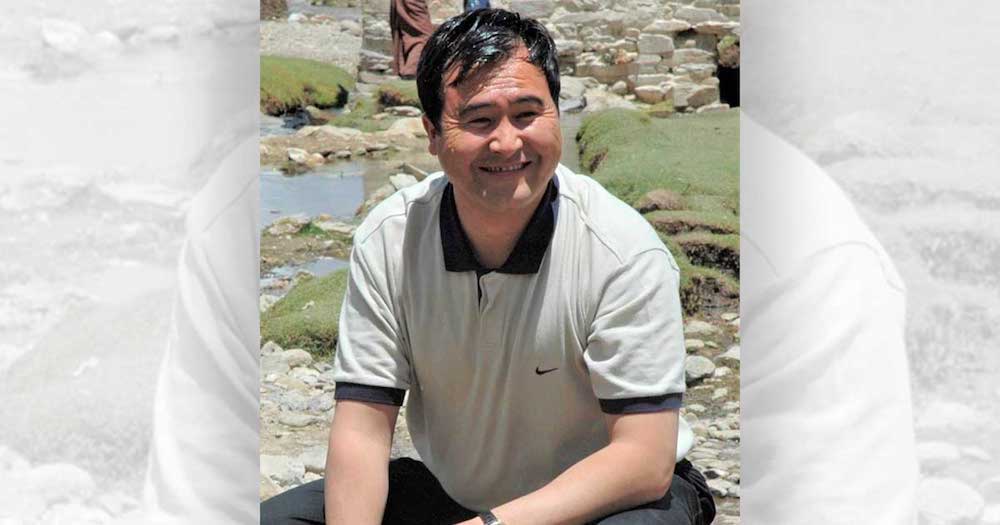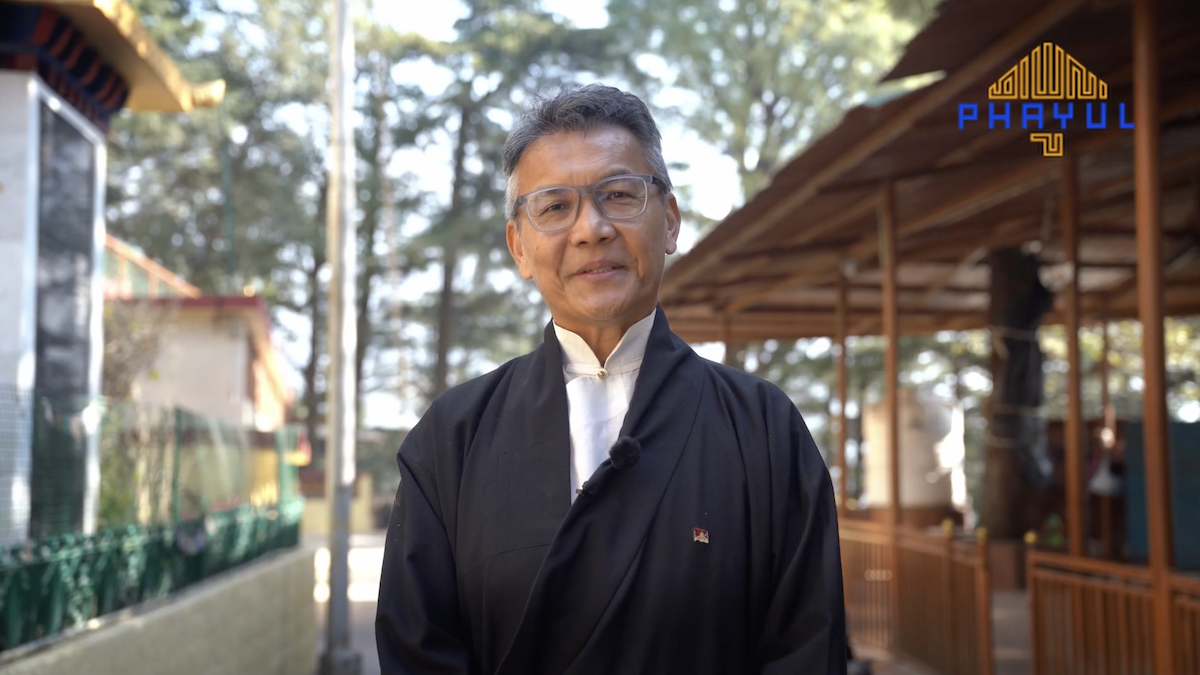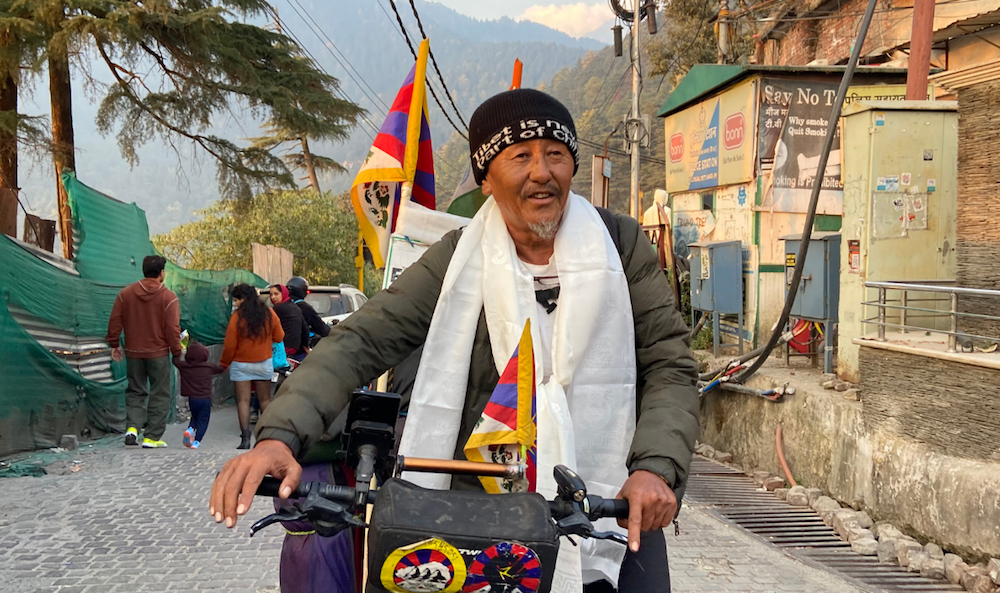Tsering Dhundup
DHARAMSHALA, Feb. 25 : The British Museum in London has revised its terminology from “Xizang Autonomous Region” to “Tibetan Autonomous Region” in its ongoing Silk Road exhibition after sustained pressure from Tibetan activists. However, critics argue that the new label also aligns with China’s official designation and fails to acknowledge Tibet’s broader historical and geographic identity.
The exhibition, which has been on display since September 2024, highlights cultural exchanges between Asia and Europe from 500-1000 CE. The initial labelling of Tibetan artefacts as originating from the “Xizang Autonomous Region” sparked backlash from Tibetan community leaders and human rights organisations in England, who denounced the terminology as misleading and complicit in erasing Tibet’s history.
In a formal letter addressed to the museum’s director, Dr. Nicholas Cullinan OBE, the Global Alliance for Tibet & Persecuted Minorities (GATPM) and members of the British Tibetan community demanded the removal of the term “Xizang Autonomous Region.” They contended that the usage of “Xizang” was a direct endorsement of Beijing’s official narrative, which seeks to diminish Tibet’s distinct historical identity.
Initially, the British Museum defended its choice, arguing that the term “Tibet or Xizang Autonomous Region” reflected the contemporary political reality of the region. However, sustained activism from the Tibetan community led to the recent terminology revision. While some viewed this as a victory, others remained dissatisfied, arguing that “Tibetan Autonomous Region” still adheres to Beijing’s definition of Tibet, which excludes the Tibetan regions of Amdo and Kham.

Tempa Gyaltsen Zamlha, deputy director of the Tibetan Policy Institute (TPI), acknowledged the partial success of the revision but emphasised the need for continued advocacy. “This is definitely a success in the sense that Tibetan activists forced the British Museum to make changes,” he told Phayul. “Unfortunately, it is not a success in the sense that the change was not what Tibetans are demanding. So, a continued effort is required to make the British Museum make rightful changes instead of tactful changes.”
Historically, Tibet comprises three provinces: U-Tsang, Kham, and Amdo. Under Chinese rule, Tibet has been fragmented, with Amdo and Kham partially absorbed into Chinese provinces such as Sichuan, Yunnan, Qinghai, and Gansu. Beijing’s official definition of Tibet, through the “Tibet Autonomous Region” (TAR), only includes U-Tsang and parts of Kham, omitting significant Tibetan areas.
The controversy over the use of “Xizang” in international institutions extends beyond the British Museum. Other museums, such as the Musée du Quai Branly and Musée Guimet in Paris, have similarly adopted terminology that Tibetan activists argue aligns with China’s political agenda. In response to public outcry in September 2024, the Musée du Quai Branly removed “Xizang” from its descriptions, replacing it with “Tibet.” However, the Musée Guimet has resisted similar demands, with its director, Yannick Lintz, refusing to rename its “Himalayan World” exhibit to explicitly acknowledge Tibet.
The adoption of “Xizang” in international institutions reflects broader geopolitical influences, with Beijing increasingly seeking to impose its terminology in global discourse. This strategy mirrors China’s approach in other contested regions, such as the labelling of East Turkestan as “Xinjiang,” reinforcing its territorial claims.
Tibetan activists argue that these terminological choices significantly impact the international perception and preservation of Tibetan identity and history.











One Response
Thank you to all our fellow Tibetans and Tibet support organizations in the UK! The British Tibet support group has been consistent all these years even though many of its devoted members might have sadly passed away. In recent times, there is encouraging signs that the young UK born Tibetans are becoming more active in the Tibetan Freedom movement. This warms the cockles of my heart! It is wonderful that the British museum had a change of heart and has changed to “Tibet Autonomous Region”. While it is to be playded, it is still not what Tibet stands for. Tibet for centuries consists of all the land inhabited by the Tibetan people. Therefore, all Tibetan areas of Qinghai, Sichuan, Kansu and Yunan are part of Tibet. In other words; TIBET CONSISTS OF THE THREE TRADITIONAL PROVINCES OF KHAM, AMDO and U-TSANG! Therefore, Most of Kham and Amdo are excluded in the Chinese concocted term “Tibet Autonomous Region”. It is a politically motivated nomenclature to swallow most of Kham and Amdo which is a blatant act of bifurcation of Tibet! It is dismembering Tibet in order to gobble up the most fertile and rich parts of Tibet! How will the British people feel, if Scotland and Wales break away from the UK? In the case of Tibet, it’s not even the choice of the Tibetan people but brutally imposed by imperialist occupier of our country that is evil communist China! They are salami slicing Tibet even though it is under brutal occupation. Tibet was truncated into different enclaves in 1965. Just as communist China emphases on the unification of Taiwan, Tibet also insists on unification of all Tibetan areas in one entity called TIBET as it always has been. Imperialist China, with its colonial mind set wants so called unification of its own but wants to internally dismember Tibet in its evil intent to swallow Tibetan territories for good. This is not acceptable and those who support imperialist Chinese diabolical acts are complicit in colonial oppression and ethnic cleansing by stealth!